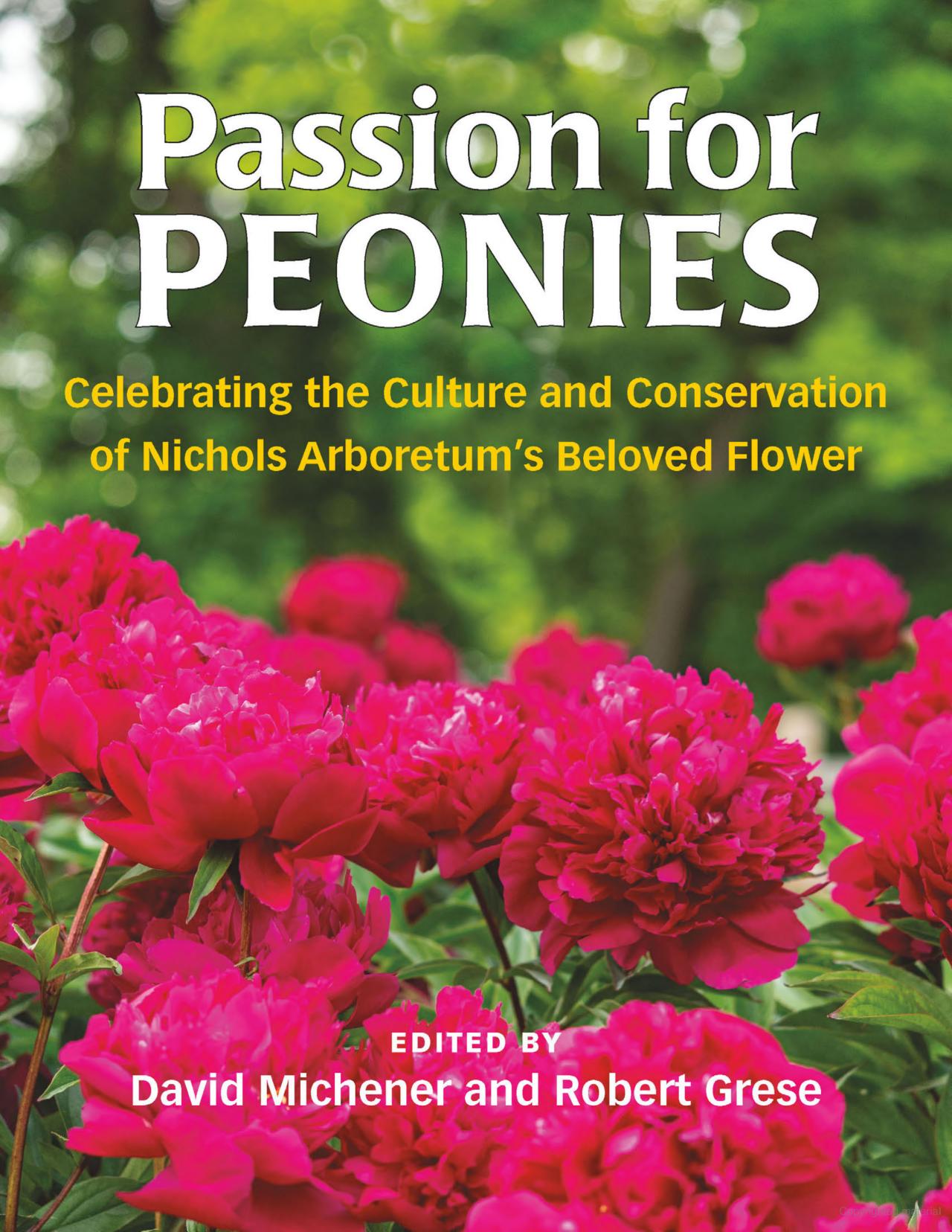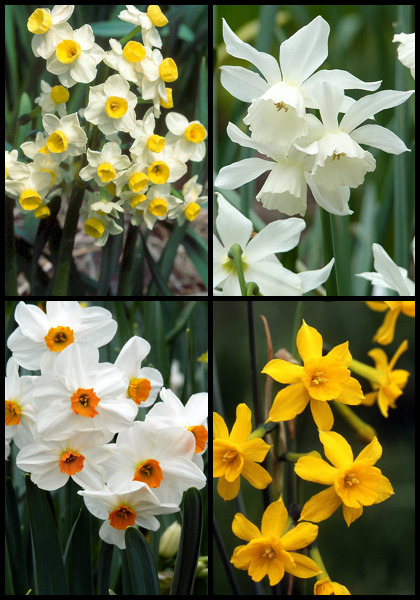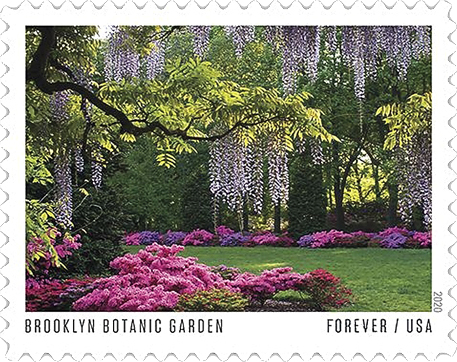To read more by topic or date, see our Newsletter Archives page.
“A modest garden contains, for those who know how to look and to wait, more instruction than a library.”
– Henri Frederic Amiel, Swiss moral philosopher and poet, 1821-1881, from The Private Journal of Henri Frederic Amiel

Since our spring shipping season was disrupted by the pandemic, we couldn’t deliver as many iris as we usually do – and we know that disappointed a lot of you.
But here’s the good news: We’re going to ship iris this summer, too!
Starting right now you can order iris for delivery in late July and early August which is the traditional time for transplanting iris.
This is a one-time opportunity and the ONLY thing we’re shipping this summer is iris.
Our supply is limited – so we suggest you order now!
Back to the top.

I’m a huge fan of this brand-new book, Passion for Peonies – and not just because I wrote a chapter for it.
Although peonies are relatively simple flowers, easy to like and grow, this book paints a complex portrait of them that includes past and present, art and science, Asia, the Midwest, hybridizers, public gardens, fragrance, conservation, and more. A rich array of historic and modern illustrations adds to its considerable appeal.
At the heart of the book is the Nichols Arboretum Peony Garden of the University of Michigan which is both the country’s largest collection of historic peonies and a beloved local institution. A glorious two-page shot of the Garden in full bloom, overflowing with visitors, opens the book, and a short history of its nearly 100 years follows.
From there the book ranges widely. There are chapters on Midwestern breeders such as the ground-breaking Silvia Saunders, and Midwestern peony gardens such as the vast, butterfly-shaped garden of Clara Ford. There are excerpts from several historic works about peonies, a history of peonies in early American gardens by Monticello’s Peggy Cornett, and fascinating chapters about fragrant peonies, modern hybridizing, peonies in Asian art, and even investigations into the genomic diversity of garden peonies.
My chapter explores why historic flowers are worth saving and what’s being done today to preserve them. “Be sure to include information about Old House Gardens’ work,” editor Bob Grese told me, so I did.
Bob and his co-editor David Michener deserve a ton of credit for envisioning this book, writing several of the most interesting chapters, and bringing the whole thing to fruition. I don’t know how you guys did it, but bravo!
You can order the book here, and browse our heirloom peonies here (including newly added ‘Frances Willard’, ‘Philomele’, and – one of my all-time favorites – ‘Madame Ducel’).
Back to the top.

When members of the American Daffodil Society were asked to list their 25 favorite daffodils, they ended up naming a whopping 766 different varieties – and “most of the varieties were older, not the newest available,” writes our friend Janet Hickman in the March 2020 Daffodil Journal. As one member explained, “If I can only have a few daffodils, I want them to be reliable growers.”
Many of the top-25 lists “came with charming annotations,” Janet adds, such as “‘my first blue ribbon,’ ‘named for my friend,’ ‘given to me by my grandmother,’” and so on, “demonstrating the way daffodils embody our memories and stories.”
At the top of the combined list was ‘Rapture’, an early-blooming cyclamineus daffodil introduced in 1976. Although that’s a little too recent for our catalog, thirteen of the Top-25 varieties date to 1958 or before:
At the top of the combined list was ‘Rapture’, an early-blooming cyclamineus daffodil introduced in 1976. Although that’s a little too recent for our catalog, thirteen of the Top-25 varieties date to 1958 or before: ‘Sweetness’ (#2, 1939), ‘Tahiti’ (#4-5 tie, 1956), ‘Tete-a-Tete’ (#4-5 tie, 1949), ‘Actaea’ (#6-8 tie, 1919), ‘Hawera’ (#6-8 tie, 1928), ‘Thalia’ (#9-11 tie, 1916), ‘Barrett Browning’ (#12, 1945), ‘Ceylon’ (#14-15 tie, 1943), ‘Geranium’ (#16-19, 1930), ‘Salome’ (#16-19 tie, 1958), ‘Xit’ (#16-19 tie, 1948), ‘Avalanche’ (#20-26 tie, 1906), N. jonquilla (#20-26 tie, 1612).
All of the ones we offer (except ‘Sweetness’, alas) are available now for fall delivery, and the rest are widely available elsewhere. Why not order a few now and see if they make it into your Top 25!
Back to the top.

I collected stamps all through grade school, and I still think they’re cool. Of course that means I’m a nerd, but I’m pretty sure that even gardeners who aren’t nerds will like the new American Gardens stamps.
The set of 20 forever stamps features ten magnificent gardens from across the country, most of which have a long history. Eight are former estates that are now public gardens – Maclay Gardens (Florida), Biltmore, Dumbarton Oaks, The Huntington, Stan Hywet (Ohio), and Winterthur. The others are notable botanic gardens – the Brooklyn Botanic Garden (founded in 1910), Chicago Botanic Garden, Coastal Maine Botanical Gardens, and Norfolk Botanical Garden.
You can see the stamps here (and learn more about the gardens) or order them here.
Back to the top.
Our May newsletter included:
Alan Shipp and the National Collection of Hyacinths on YouTube,
the Associated Press reports on grandmother’s gardens and heirlooms,
two excellent new books for stay-at-home reading, and more.
You can read all of our back-issues at oldhousegardens.com/NewsletterArchives – and most of them at our blog!
Back to the top.
Please help us “Save the Bulbs!” by forwarding our newsletter to a kindred spirit, garden, museum, or group.
Simply credit www.oldhousegardens.com.















